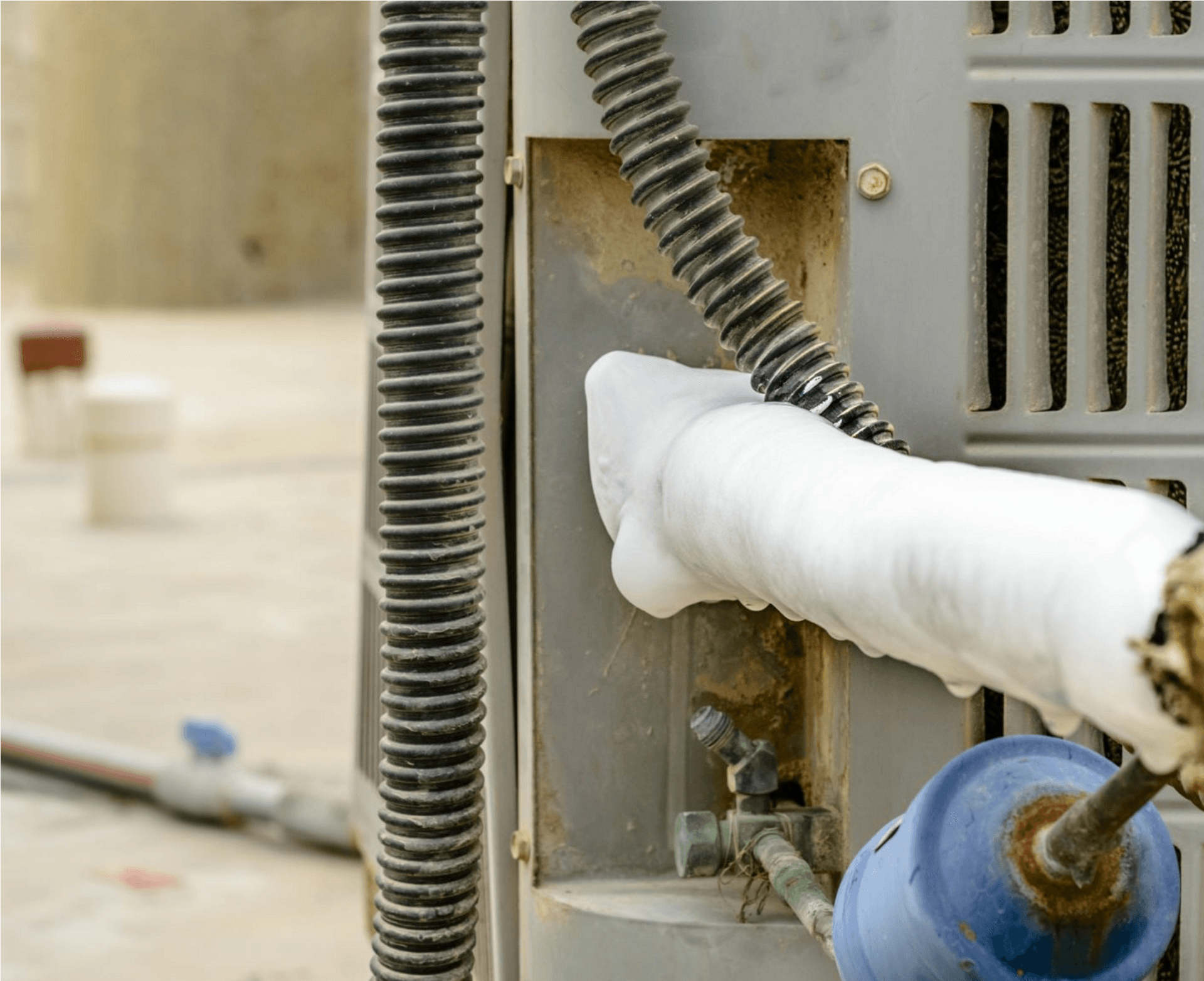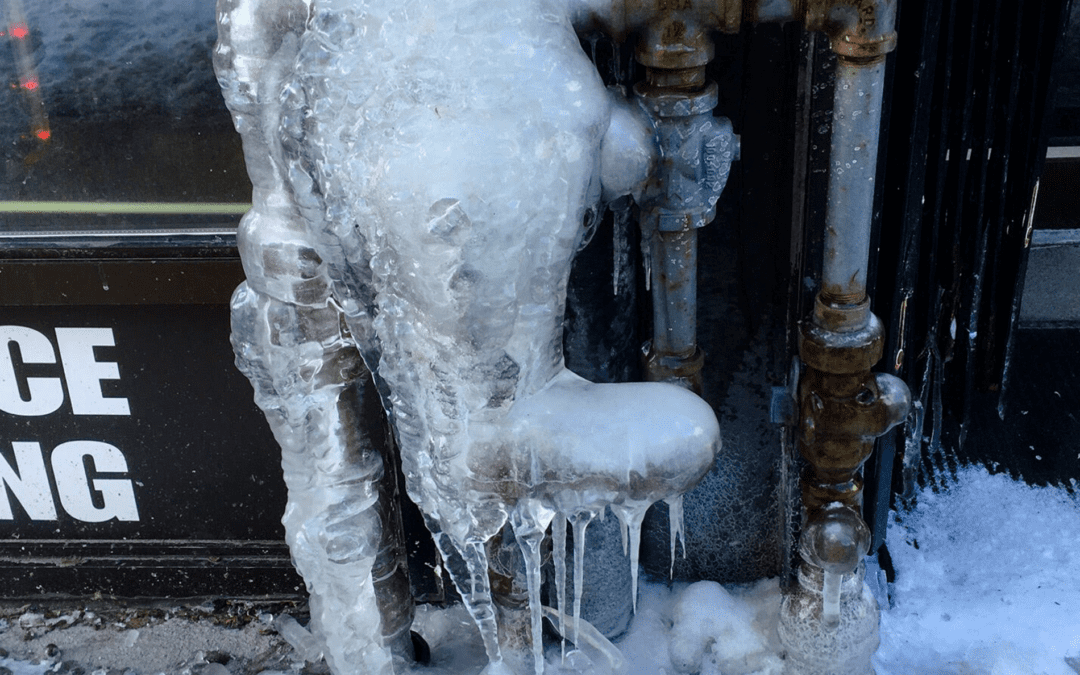Almost everyone maintains their own perception when it comes to Air Conditioner Frozen? How To Fix your Frozen AC Line.

Introduction
Finding that your air conditioning pipe is frozen can be concerning, particularly during hot summer months when you depend on your ac system one of the most. Understanding what to do in such a scenario is vital to prevent additional damages to your air conditioning system and guarantee your comfort inside your home.
Recognizing the Causes
Several factors can add to the freezing of an air conditioning pipe. Comprehending these causes can help you attend to the problem efficiently.
Lack of Airflow
One common reason for an icy a/c pipe is inadequate air movement. When the airflow over the evaporator coil is limited, it can cause the coil to go down below freezing temperature, resulting in ice development on the pipeline.
Low Refrigerant Levels
Not enough refrigerant levels in your AC system can also lead to a frozen pipe. Low refrigerant levels can trigger the pressure in the system to go down, leading to the cold of wetness on the evaporator coil.
Winter Conditions
In colder climates, freezing temperatures outside can contribute to the cold of a/c pipes. If your air conditioner unit is not appropriately shielded or if there are leakages in the ductwork, cold air can penetrate the system, triggering the pipe to ice up.
Dirty Air Filters
Unclean or blocked air filters can restrict airflow in your air conditioning system, leading to different problems, consisting of an icy pipe. It's necessary to change or clean your air filters on a regular basis to guarantee proper air movement and protect against ice buildup.
Indications of a Frozen A/c Pipe
Recognizing the indicators of a frozen AC pipeline is essential for punctual activity.
Reduced Airflow
If you discover a significant decrease in airflow from your vents, it can indicate an icy pipe.
Ice Buildup on the Pipe
Visible ice buildup on the refrigerant line or the evaporator coil is a clear indication of an icy AC pipeline.
Odd Sounds from the Unit
Unusual noises, such as hissing or bubbling, originating from your air conditioner device can signal that there's ice existing on the pipe.
Immediate Actions to Take
When confronted with a frozen a/c pipeline, it's necessary to act quickly to avoid more damage to your air conditioning system.
Shutting off the air conditioner
The primary step is to switch off your air conditioning unit to stop the system from running and worsening the issue.
Looking for Blockages
Evaluate the location around the interior unit for any type of blockages that may be blocking air flow, such as furnishings or drapes.
Defrosting the Pipe
You can make use of mild approaches like placing towels soaked in cozy water around the icy pipe to aid thaw it gradually.
Safety nets
Taking safety nets can assist avoid future events of an icy a/c pipe.
When DIY Methods Fail
If your efforts to thaw the pipeline or address other problems are unsuccessful, it's time to contact a professional.
Value of Hiring a Professional HVAC Technician
A qualified HVAC service technician has the experience and devices needed to detect and fix issues with your a/c system safely and successfully.
Routine Maintenance Checks
Set up routine maintenance consult an expert HVAC professional to ensure that your a/c system is running efficiently.
Transforming Air Filters
Frequently change or cleanse your air filters to stop air flow constraints and preserve optimal performance.
Insulating Exposed Pipes
If your AC pipes are exposed to cold temperatures, take into consideration shielding them to avoid freezing throughout winter season.
Seeking Professional Help
If DIY methods fail to fix the problem or if you're uncertain concerning just how to proceed, it's ideal to seek support from a certified HVAC service technician.
Conclusion
Dealing with a frozen air conditioner pipeline can be a frustrating experience, but knowing just how to react can aid reduce damage and bring back convenience to your home. By comprehending the reasons, recognizing the indications, and taking timely action, you can effectively deal with the concern and stop future events.
What to Do If Your AC Line Is Frozen
Make Sure All Supply and Return Air Vents Are Open
If you notice problems with airflow, the first thing you should do is check your supply and return vents. Supply vents distribute clean, conditioned air throughout your home. As this air becomes stale, it’s pulled into the return vent, where it’s reconditioned before being sent back out through the supply vent.
When these vents are closed, air won’t flow in the home. Before examining your AC, check the vents in every room and ensure they’re all open.
Check for a Dirty Air Filter
Another possible cause of limited airflow is a dirty air filter. Your air conditioner’s filters catch elements you don’t want to breathe in, such as dirt and dust. Over time, filters can become clogged, ultimately blocking air from flowing in and out. The lack of airflow can then cause the entire coil to freeze and will completely restrict any air from moving through it. The AC may need to be powered off for one to two days to allow the coil to thaw after replacing the filter to allow proper functioning of the unit. This debris can also accumulate on your AC’s evaporator coil, requiring a more serious repair. In general, air filters should be cleaned regularly (about every two weeks).
Assess Your Outdoor Unit
In addition to checking your AC, assessing the outdoor unit is a good idea. Also known as the condensing unit, it works with your interior unit to release heat outside. An issue with the outdoor unit can result in rising internal temperatures.
Overgrown Shrubs or Clogged Leaves
From leaves and twigs to shrubs and debris, there’s no shortage of outdoor elements that can accumulate around your condensing unit. When these elements get lodged inside the unit, they can block airflow. Fortunately, removing the blockage can solve the problem.
Sounds of a Broken Fan
Shrubs and leaves aren’t the only things that can impede your outdoor unit’s airflow. If the fan is broken, the unit won’t be able to properly get rid of heat — which means the internal temperature won’t go down. First, make sure the fan is spinning. If it is, check for the following sounds of a broken fan:
Buzzing Rattling Screeching Hissing Clicking Preventative Measures
Nobody wants to deal with a frozen AC line. In addition to causing problems with your air conditioner, they require professional repairs. On the bright side, there are preventative measures you can take to help ensure this issue doesn’t arise in the first place.
https://www.coopergreenteam.com/blog/what-to-do-if-ac-line-frozen

I'm certainly very excited about Have a Frozen AC Line? Here’s How to Fix It and I am praying you enjoyed our entry. Don't hesitate to take the opportunity to promote this blog entry if you appreciated it. Thank-you for your time spent reading it.
Visit Homepage